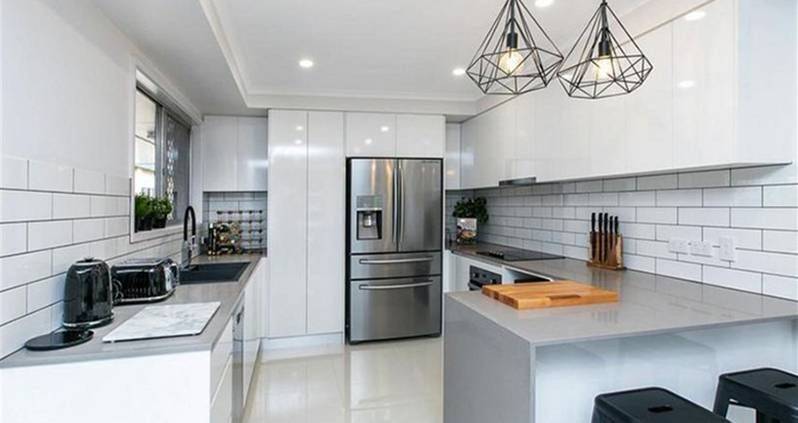Nine Tile Laying Patterns That Suit Every Room
Before you start tearing up your floor and buying new materials, are you aware of the many choices available with tile laying patterns and designs?
Most renovators and builders are so busy comparing tile colours, shapes and materials that they often forget to consider how the tiles will be laid out. Whether it’s for a splashback, floor or wall, the good news is that there’s plenty of layouts to choose from, and each style can easily change the mood or vibe of a room – so where do you start?
Nine Of The Most Popular Tile Laying Patterns
Before you drop large amounts of cash on tiling materials, be sure that you’ve at least considered the many potential tile laying patterns that are available too.
Straight Lay – The most commonly used tile pattern of all, it’s also the easiest to complete. The tiles are simply laid side by side in a straight line, resembling an even grid pattern. It’s a good choice for rooms where you don’t want the tiles to be the main attraction.
Running Bond Brick – Simple yet attractive, the end of each tile is lined up with the center of the tile above and below it to create staggered grout lines. It’s commonly used on backsplashes, and is also becoming more popular for indoor tile floors as it can hide minor flaws.
Herringbone – It’s a look created when rectangle tiles are installed in a 45-degree angled V shape. Popular in Europe for hundreds of years, this herringbone pattern is an elegant way to expand a room visually. This pattern usually works best with neutral colors in small spaces.
Checkerboard – Checkerboard alternates two colours of the same-size square tiles in either a straight line or diagonal pattern, resembling an actual checkerboard. Although traditionally created with black and white tiles, colours can be mixed for stronger statements.
Pinwheel – Pinwheel layouts are designed using a combination of large and small square tiles. Similar to the windmill, a small, square tile is surrounded by larger square tiles, or it’s also possible to replace the single small square tile with four mosaic tiles.
Basket Weave – Similar to the pattern on a straw basket, it appears to weave the tiles over and under each other. This is a throwback to the ornate Art Deco era of the early 1900’s, and its intricate pattern works best in smaller areas such as powder rooms or shower stalls.
Diagonal – Also known as a diamond pattern, the diagonal tile pattern uses square tiles laid on a 45-degree angle to create a diamond effect. This classic pattern can be very effective at making small rooms appear larger.
Chevron – The chevron is having a major moment in flooring right now because of its impressive ability to make any room look instantly classy. It functions as rows of rectangle tiles, with each row facing in the opposite direction to the one next to it, creating a v-shape.
Hexagon – Hexagon tiles were usually white and were a very common choice in floor tile for the post WWI period. Rather than a solid white floor, often the white hex tiles were broken up into elaborate designs by careful placement of colored or patterned tiles or laying intricate borders.
Where To Find Further Advice On Tile Laying Patterns
In 2020, your options for flooring solutions are almost limitless, and selecting the right type for your home isn’t an easy feat. With each home, comes a different preference or priority: are you chasing style, functionality, or simply want to stay within the budget?
In operation for over 24 years, at Tile Wizards we pride ourselves on getting you more, for less. We pioneered the warehouse format, and our stores are purposefully designed to make your selection easier, and ultimately offer our customers quality, price and the right advice.
If you are looking to get started with tile flooring solutions, tile laying patterns, or even just want some honest and friendly advice – please don’t hesitate to get in touch with us at Tile Wizards today for a free quote. We’re able work with you in order to bring your dream flooring vision to life.




